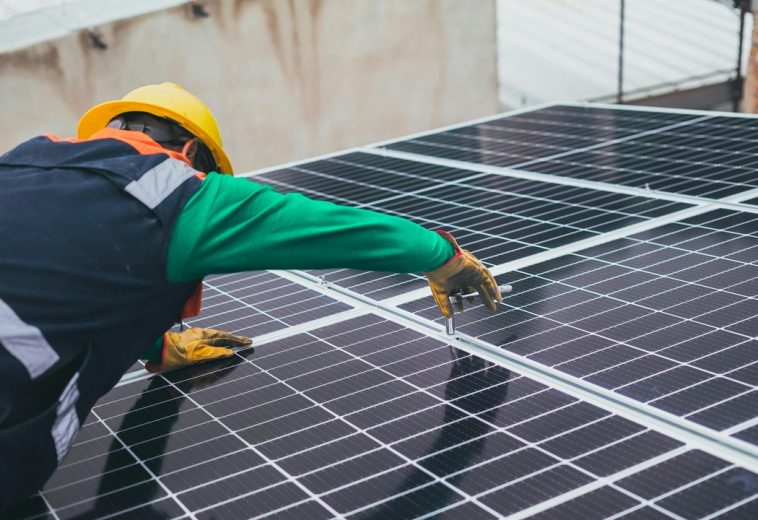The African Continental Free Trade Area (AfCFTA) was officially launched on 1 January 2021, with the ambitious goal of creating the world’s largest single market, integrating 55 countries with a combined GDP of over $3.4 trillion. This landmark agreement aims to eliminate trade barriers, increase intra-African trade, and boost industrialisation and job creation. However, three years after its inception, the question remains: Is AfCFTA delivering on its promises?
The World Bank estimates that if fully implemented, AfCFTA could boost Africa’s income by $450 billion by 2035 and lift 30 million people out of extreme poverty. Additionally, it could increase intra-African trade by over 50% by reducing trade barriers. Early signs of progress include the establishment of the AfCFTA Secretariat in Accra, Ghana, and the gradual rollout of the Guided Trade Initiative (GTI), which facilitates trade among participating countries.
READ ALSO: Is AFCFTA Succeeding in Africa?
Some African nations are already benefiting from increased trade volumes under AfCFTA. For instance, Burundi’s share of imports from AfCFTA countries has risen by 14 percentage points, according to World Bank data. Ethiopia and Mali have also recorded modest increases in trade volumes. However, most other nations have seen only marginal improvements, with intra-African imports growing by less than 3% in many cases. This suggests that while AfCFTA has laid the foundation, trade flows remain constrained by structural barriers such as poor infrastructure and regulatory inconsistencies.
Boosting Intra-African Trade
One of AfCFTA’s key objectives is to increase intra-African trade, which has historically been low, accounting for only about 15% of Africa’s total trade, compared to 60% in Asia and 70% in Europe. Early progress is evident with the implementation of tariff reductions. For example, Ghanaian exporters of ceramic tiles to Cameroon have benefited from a 20% tariff reduction, facilitating greater trade flows.
Under the agreement, 90% of tariffs on goods are set to be eliminated by 2034. This is expected to significantly reduce trade costs and enhance competitiveness across the continent. However, implementation has been uneven, with some nations struggling to adjust to tariff revenue losses. To mitigate these losses, the African Export-Import Bank (Afreximbank) has committed $10 billion to assist countries during the transition, with $1.2 billion already mobilised.
Industrialisation and Value Chains
AfCFTA has also opened opportunities for African nations to integrate into regional and global value chains. Countries such as Morocco, South Africa, and Egypt—Africa’s largest automobile producers—stand to benefit as the automotive market expands within the continent. The challenge, however, is ensuring that smaller economies like Zambia and the Democratic Republic of Congo are integrated into these value chains, particularly in processing raw materials such as copper and lithium for electric vehicle batteries.
Another sector with significant potential is pharmaceuticals. AfCFTA presents an opportunity for African nations to manufacture medical products locally, reducing dependence on foreign imports. If properly harnessed, this could create millions of jobs and improve healthcare resilience across the continent.
Investment and Digital Trade
Foreign direct investment (FDI) in Africa is expected to rise significantly under AfCFTA, particularly in digital trade. The agreement’s protocol on digital trade, expected to be finalised by mid-2024, will enable nations such as Cabo Verde to become hubs for data storage and processing. Additionally, AfCFTA is working on digital customs systems to streamline border crossings, potentially eliminating long delays caused by inefficient paperwork.
Challenges Hindering Full Implementation
Despite progress, AfCFTA faces several hurdles. One of the most significant is the lack of regulatory harmonisation. Many African countries have different trade policies, and aligning them under one framework is a complex process. Domestic laws on intellectual property, investment protection, and e-commerce must be standardised to create a truly unified market.
Infrastructure remains another challenge. Poor road networks, inefficient ports, and inconsistent power supplies continue to increase trade costs. The World Bank has emphasised that investing in infrastructure and logistics will be critical to unlocking AfCFTA’s full potential.
For AfCFTA to succeed, it must secure strong buy-in from the private sector. Currently, many small and medium-sized enterprises (SMEs) are unaware of the agreement’s benefits or how to access new markets. Increased education, financing opportunities, and trade facilitation measures will be essential to ensure businesses across Africa can fully leverage AfCFTA.
Another obstacle is the geopolitical landscape. Some African nations remain hesitant about fully committing to AfCFTA, fearing economic dominance by larger economies. Additionally, ongoing political instability in certain regions threatens the free movement of goods and services, slowing down implementation.
Is AfCFTA Delivering?
AfCFTA has made undeniable progress in its early years, particularly in reducing tariffs, fostering regional industrialisation, and attracting investment. However, full realisation of its benefits will require overcoming significant challenges, including regulatory alignment, infrastructure development, and greater involvement of the private sector.
If successfully implemented, AfCFTA could transform Africa into an economic powerhouse, reducing reliance on external markets and driving inclusive growth. However, for the agreement to truly deliver on its promises, African governments, businesses, and international partners must accelerate their efforts in harmonising regulations, investing in infrastructure, and ensuring that all countries, big or small, benefit from the single market.
The journey towards a fully integrated African market is long, but the potential rewards make it a pursuit worth continuing.




